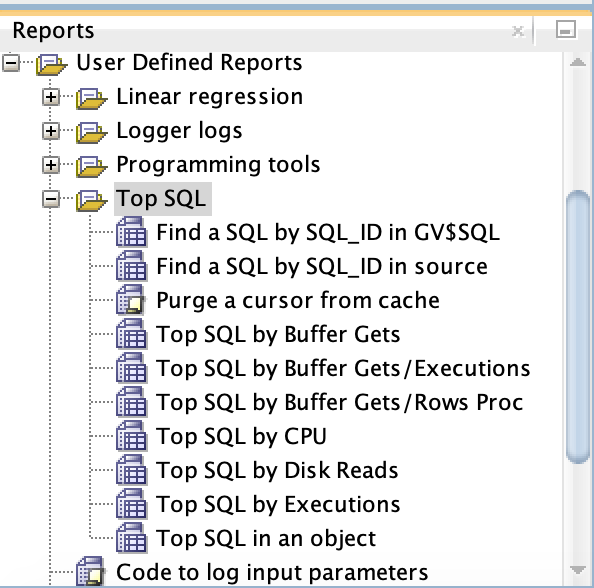The last few months, I’ve had the pleasure of using utPLSQL v3, a unit testing framework for PL/SQL, on a new project that I’m working on. Sure – writing tests takes a bit extra time, but it’s such a huge help when you’re constantly refactoring a system that grows from zero.








